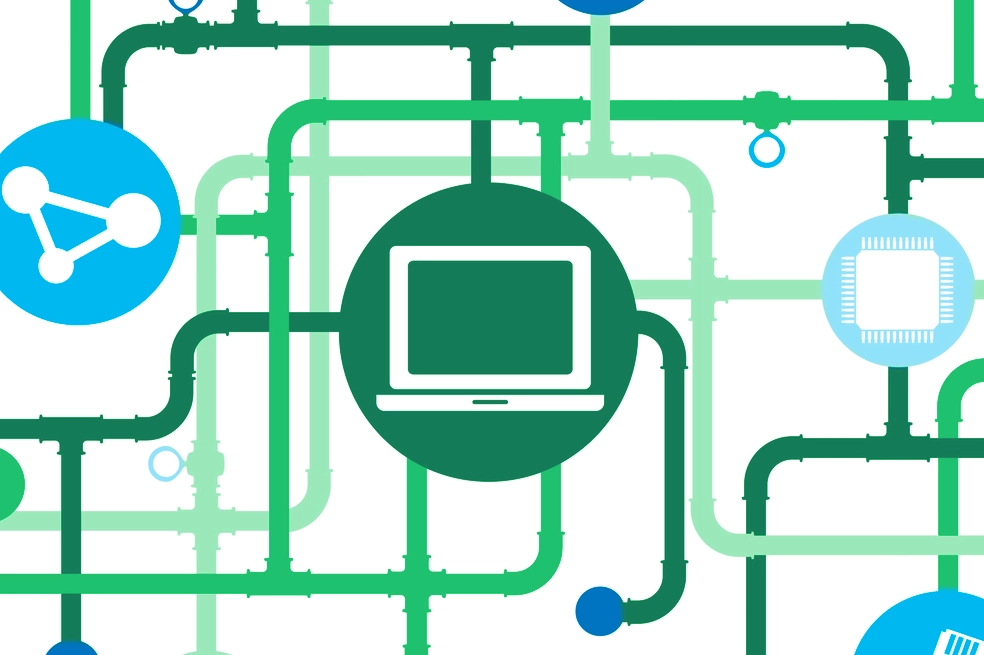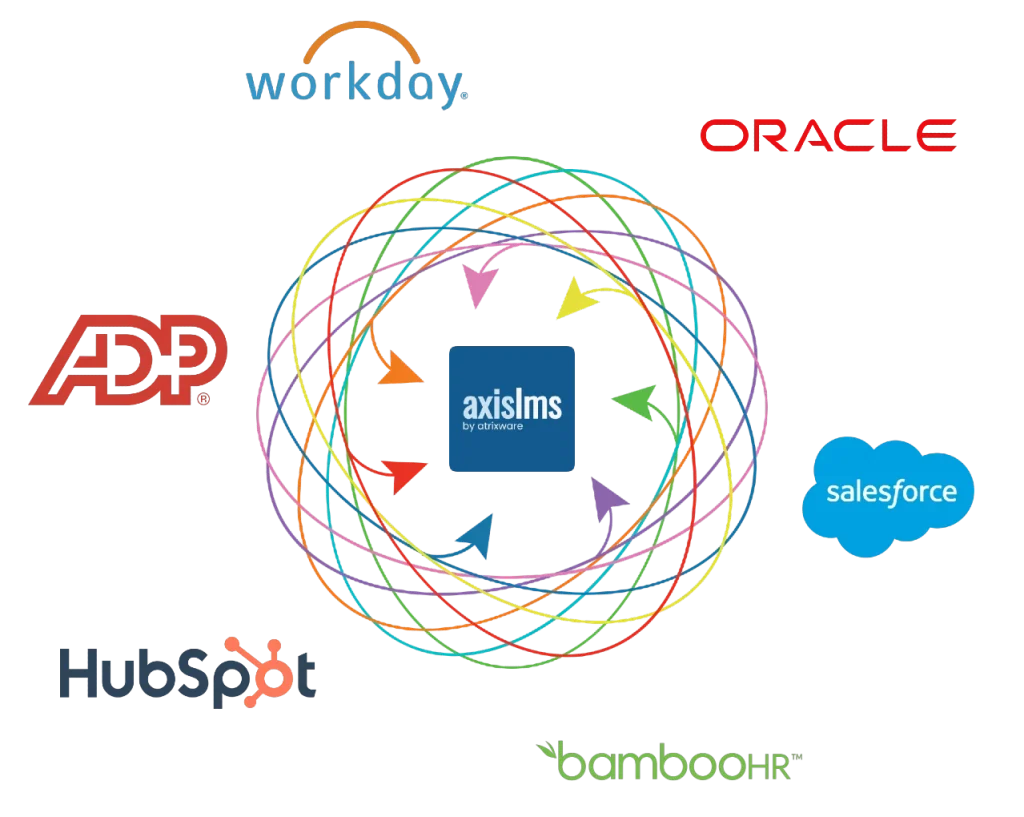In today’s fast-paced business world, productivity in small to medium enterprises is a top priority. Companies face increasing pressure to train employees efficiently, manage resources wisely, and keep operations running smoothly. One of the most effective ways to boost productivity is by implementing a robust Learning Management System (LMS). A well-structured LMS not only simplifies training processes but also empowers employees to perform at their best, fostering growth and innovation.
In this blog, we explore the top seven LMS features that can significantly enhance productivity in small to medium enterprises and how businesses can leverage these tools to stay competitive.
Why SMEs Need an LMS for Productivity
Small to medium enterprises often operate with limited resources, making it critical to maximize efficiency. Traditional training methods, such as in-person workshops or manual documentation, are time-consuming and prone to inconsistency. Implementing an LMS transforms the way SMEs manage learning and development. It centralizes training materials, tracks employee progress, and ensures that everyone has access to the same quality of education.
By focusing on productivity in small to medium enterprises, companies can reduce downtime, improve skill development, and align workforce capabilities with business goals. Employees benefit from flexible learning schedules, interactive content, and immediate access to resources, resulting in higher engagement and better performance.
1. User-Friendly Interface and Navigation
A critical feature of any LMS is a user-friendly interface. Employees should be able to access courses, track progress, and complete training without frustration. An intuitive design saves time and allows learners to focus on the content rather than figuring out how the system works.
For SMEs, a smooth learning experience reduces the learning curve and minimizes disruptions to daily operations. Features such as dashboards, clear menus, and search functionality help employees find what they need quickly. This seamless experience directly contributes to productivity in small to medium enterprises by ensuring that training is efficient and engaging.
Human-centered design also plays a key role. When employees feel comfortable using the system, they are more likely to complete courses, adopt new skills, and apply them to their work.
2. Personalized Learning Paths

One-size-fits-all training does not work in dynamic small to medium enterprises. A standout LMS feature is the ability to create personalized learning paths tailored to each employee’s role, skill level, and career goals. Personalized content allows learners to focus on what is most relevant to their tasks, saving time and increasing efficiency.
For managers, this means they can assign courses strategically, ensuring that employees develop the skills that will make the biggest impact on business outcomes. Personalization also supports employee engagement by providing learning experiences that are meaningful and aligned with individual development objectives.
Integrating a best LMS for small business ensures that these personalized paths are easily managed and scaled as the organization grows.
3. Progress Tracking and Analytics
Tracking employee progress is essential for measuring the effectiveness of training programs. Modern LMS platforms offer robust analytics tools that provide insights into completion rates, assessment scores, and skill development. Managers can identify knowledge gaps, monitor trends, and make data-driven decisions to optimize learning strategies.
By leveraging analytics, SMEs can focus on areas that need improvement, saving time and resources. This data-driven approach enhances productivity in small to medium enterprises by ensuring that training investments lead to tangible results. Employees also benefit from clear feedback on their progress, fostering a culture of continuous improvement.
4. Mobile Learning Capabilities
In today’s flexible work environment, mobile learning is no longer optional. Employees need access to training on their smartphones or tablets, whether they are in the office, working remotely, or traveling. LMS platforms with mobile capabilities enable learners to complete courses at their convenience, reducing downtime and boosting efficiency.
Mobile access also supports just-in-time learning, where employees can quickly reference materials or refresh their skills when needed. This immediacy contributes to better task performance and higher productivity. For SMEs that aim to optimize workforce output, mobile learning ensures that training is accessible, consistent, and adaptable to employee schedules.
5. Integration with HR and Corporate Systems

Integrating an LMS with existing HR and corporate systems creates a seamless learning ecosystem. Features like single sign-on, automated course assignments, and performance tracking reduce administrative work and eliminate redundant processes.
An HR learning management system that integrates with payroll, employee records, and performance management tools helps SMEs streamline operations. Managers can automatically assign training based on role changes, track skill development in performance reviews, and generate reports without manual intervention. This integration not only saves time but also enhances productivity in small to medium enterprises by aligning learning with business processes.
6. Gamification and Interactive Learning
Gamification has emerged as a powerful tool to increase engagement and motivation. By incorporating elements such as points, badges, leaderboards, and interactive quizzes, LMS platforms make learning enjoyable and competitive in a healthy way.

Interactive content keeps employees invested in the material, reduces drop-off rates, and encourages skill mastery. For SMEs, gamified learning translates into faster adoption of new processes, improved collaboration, and a more motivated workforce. Employees are more likely to retain knowledge when they are actively engaged, which directly impacts productivity.
Corporate LMS systems that include gamification elements provide SMEs with the flexibility to design engaging learning experiences while tracking progress and rewarding achievements.
7. Compliance and Certification Management
For small to medium enterprises, ensuring compliance with industry regulations is vital. A comprehensive LMS includes tools for managing compliance training, certifications, and renewals. This feature automates reminders for course completions, tracks certification status, and generates reports for audits.
By using an LMS for compliance management, SMEs reduce the risk of penalties, improve operational efficiency, and ensure employees are up-to-date with necessary certifications. This proactive approach supports productivity in small to medium enterprises by minimizing compliance-related disruptions and keeping teams focused on core business objectives.
How SMEs Can Choose the Right LMS
Selecting the right LMS requires careful consideration of business needs, budget, and scalability. Here are some factors SMEs should evaluate:
- Ease of Use: Ensure the platform is intuitive for employees with varying levels of tech proficiency.
- Customization: The LMS should allow for tailored courses and learning paths.
- Integration Capabilities: Compatibility with HR and corporate systems is crucial for smooth workflows.
- Reporting and Analytics: Robust tracking tools are essential to monitor progress and measure ROI.
- Mobile Accessibility: Employees must be able to learn anytime, anywhere.
- Support and Training: Vendors should offer responsive customer support and onboarding resources.
- Cost-effectiveness: The LMS should provide value without exceeding the SME budget.
Investing in the right LMS can transform learning from a routine task into a strategic tool for boosting efficiency, engagement, and overall performance.
Future Trends in LMS for SMEs
The LMS landscape continues to evolve, and SMEs should be aware of emerging trends:
- AI-Powered Learning: Personalized recommendations based on performance data improve skill development.
- Microlearning Modules: Short, focused lessons increase retention and reduce cognitive overload.
- Social Learning Communities: Peer-to-peer interactions encourage collaboration and knowledge sharing.
- Advanced Gamification: Sophisticated game mechanics enhance engagement and motivation.
- Cloud-Based Solutions: Flexibility and accessibility for remote or hybrid teams.
Staying ahead of these trends ensures SMEs remain competitive and employees continue to grow professionally.
Conclusion
Boosting productivity in small to medium enterprises requires more than hard work. It demands smart solutions that empower employees, streamline operations, and align learning with business objectives. By leveraging an LMS with features such as user-friendly interfaces, personalized learning paths, analytics, mobile access, HR integration, gamification, and compliance management, SMEs can achieve measurable improvements in efficiency and performance..
By adopting these strategies, SMEs can not only enhance employee capabilities but also foster a culture of continuous growth, adaptability, and success.